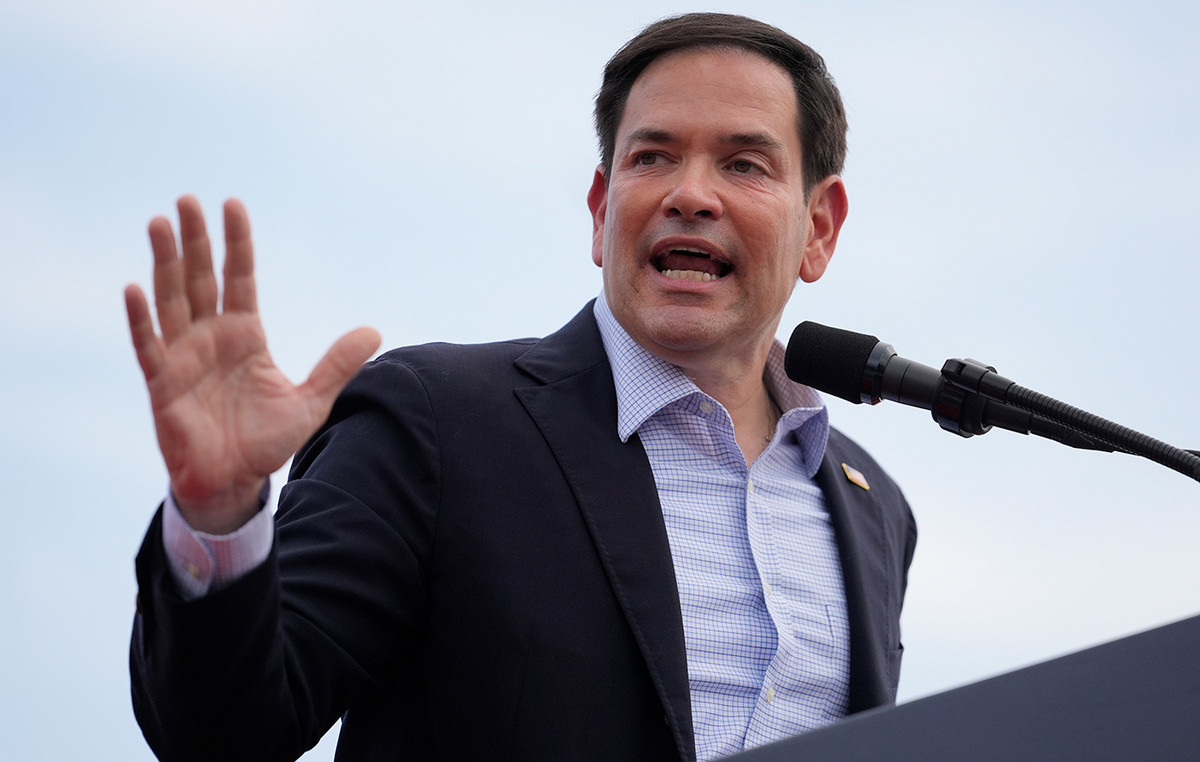- The price of Natural Gas begins the week slightly positive, with an increase of 0.25%.
- The dollar faces headwinds due to the UAW strikes and the risk of a US government shutdown.
- Natural Gas prices are above an ascending trend line and could break above $3.
Natural Gas prices rise slightly this Monday with little news to report over the weekend. Most notably, gas storage in the EU increased again over the weekend. Europe is now at 94.74% ahead of the winter season.
The US Dollar (USD) confirmed its status as King after a rather volatile week. The US Federal Reserve could not be clearer and confirmed once again that rates in the US will stay higher for longer. This places the US Dollar as the strongest currency in most trading pairs due to interest rate differentials.
Natural Gas is trading at $2.93 per MMBtu at the time of writing these lines.
News about Natural Gas and market drivers
- Uniper SE, the German utility company, has closed a deal for the supply of American LNG (liquefied natural gas) until 2030, as it does not expect demand to decrease anytime soon.
- Gas storage levels in Europe are approaching 95% heading into winter. This keeps any increase in demand at bay.
- New gas outages are occurring in the Norwegian Skarv field due to process problems. These outages will last until early next month, according to grid operator Gassco AS.
- More news from Norway: Flows from the country should continue to increase as capacity at the giant Troll field continues to come online after a prolonged period of maintenance outages.
- Local gas prices in Europe should soften in the coming colder months, as contracts for that period are becoming cheaper. November and December contracts, in particular, saw prices shrink.
- The Australian strikes have been called off, which could now break the market balance towards an excess supply of LNG.
Natural Gas Technical Analysis: Will the bullish triangle continue?
The Natural Gas price appears to be in a bullish triangle on the daily chart with a triple top at $3.06 at the top. Meanwhile, higher lows are forming with the green ascending trend line showing support from early September. A break above $3.06 is expected, which means Natural Gas prices are about to rise.
Pending the breakout of the triangle, the $3 level remains a key level to break. Looking at the current balance, a catalyst is needed to move the price higher. Gas prices could rebound to $3.25 after a breakout of the bullish triangle, testing the upper band of the ascending trend channel.
On the downside, the ascending trend line at $2.90 should provide support for any attempted breakout to the downside. The 200-day SMA at $2.80 could act as support in case of a sharp decline. Should it give way in a bearish move, some zone will be crossed before the next support appears at $2.75. This level aligns with the 55-day SMA, which is likely to intervene to prevent any decline in the price of Natural Gas.
XNG/USD daily chart
Frequently asked questions about Natural Gas
What fundamental factors determine the price of Natural Gas?
The dynamics of supply and demand is a key factor that influences Natural Gas prices, and is in turn influenced by global economic growth, industrial activity, population growth, production levels and inventories. Weather influences natural gas prices because it is used more during cold winters and hot summers for heating and cooling. Competition from other energy sources influences prices as consumers may switch to cheaper sources. Geopolitical events, such as the war in Ukraine, also play a role. Government policies regarding extraction, transportation and environmental issues also influence prices.
What are the main macroeconomic publications that influence Natural Gas prices?
The main economic publication that influences Natural Gas prices is the weekly inventory bulletin of the Energy Information Administration (EIA), a US government agency that produces data on the gas market in the United States. The EIA gas bulletin is usually published on Thursday at 14:30 GMT, the day after the EIA publishes its weekly oil bulletin. The economic data of the large consumers of Natural Gas can influence supply and demand, among which China, Germany and Japan stand out. Natural gas is primarily priced and traded in US dollars, so economic releases affecting the Dollar are also a factor.
How does the Dollar influence the price of Natural Gas?
The US Dollar is the world’s reserve currency and most commodities, including Natural Gas, are quoted and traded in international markets in US dollars. As such, the value of the Dollar is a factor that influences the price of Natural Gas, since if the Dollar strengthens, fewer dollars are needed to buy the same volume of gas (the price falls), and vice versa if the Dollar declines. strengthens.
Source: Fx Street
I am Joshua Winder, a senior-level journalist and editor at World Stock Market. I specialize in covering news related to the stock market and economic trends. With more than 8 years of experience in this field, I have become an expert in financial reporting.

-638312277946152975.png)






